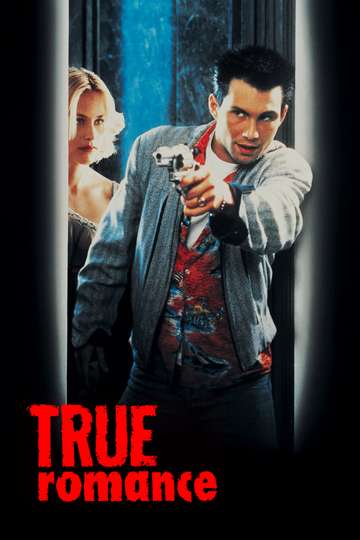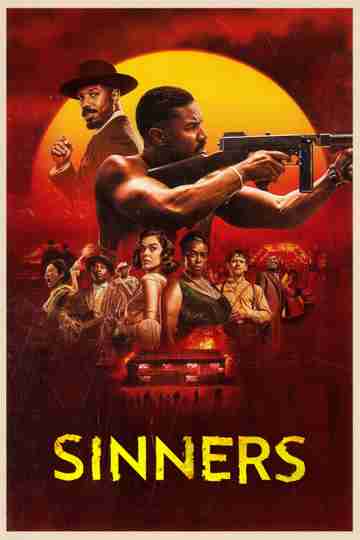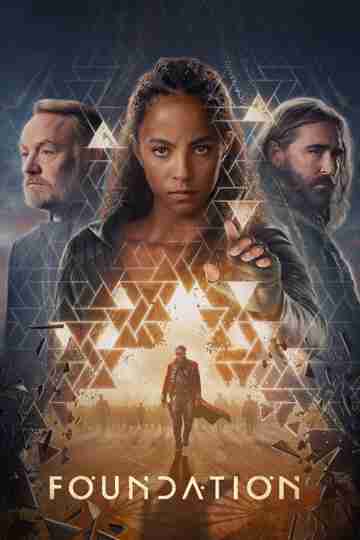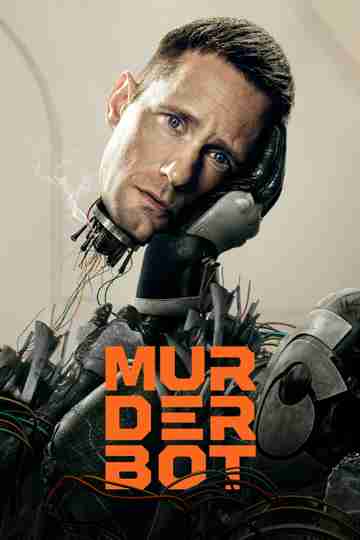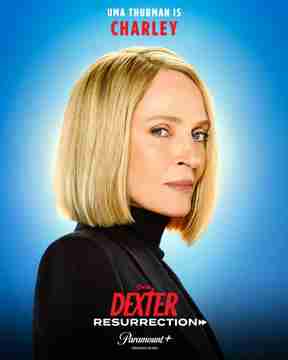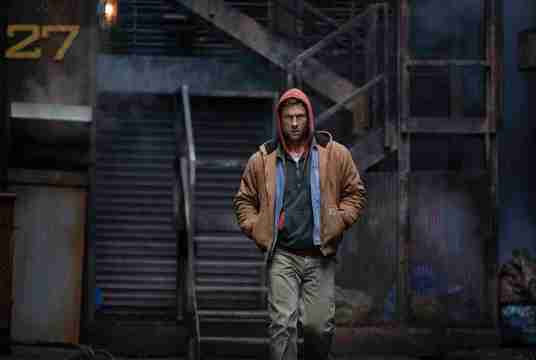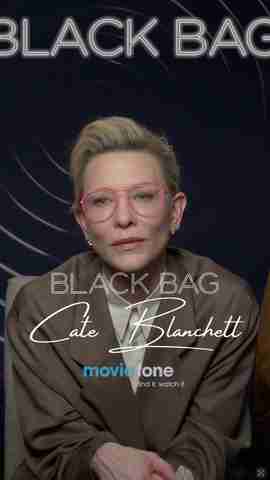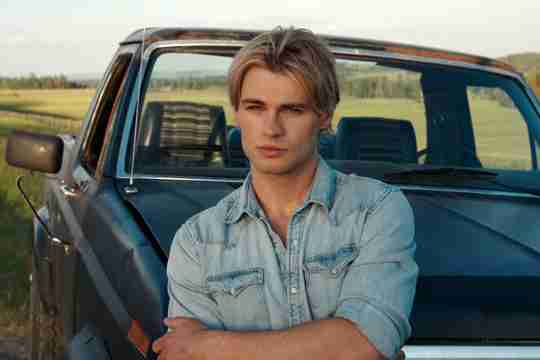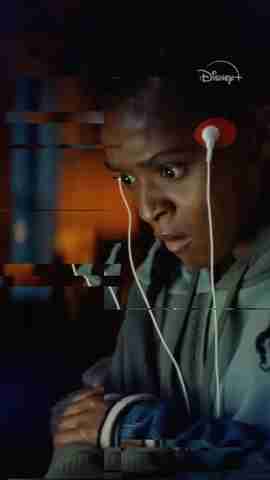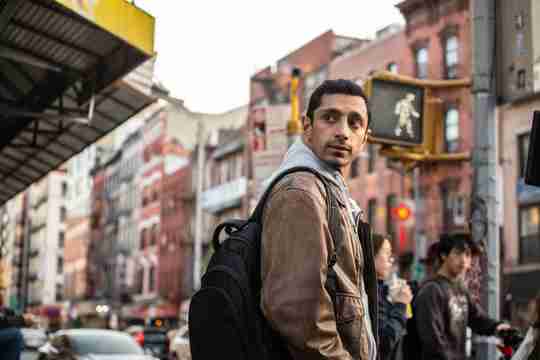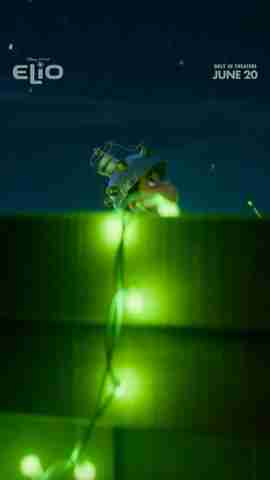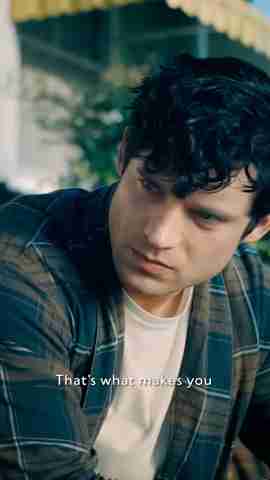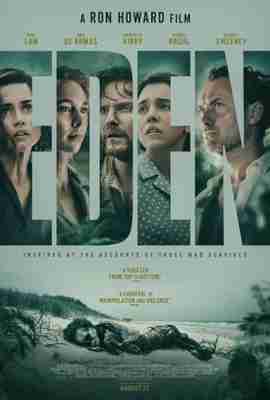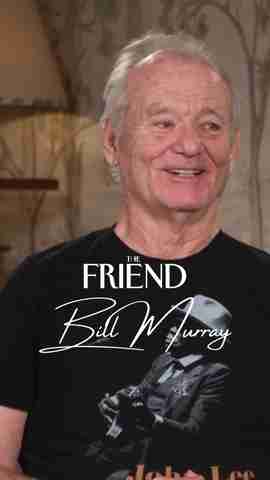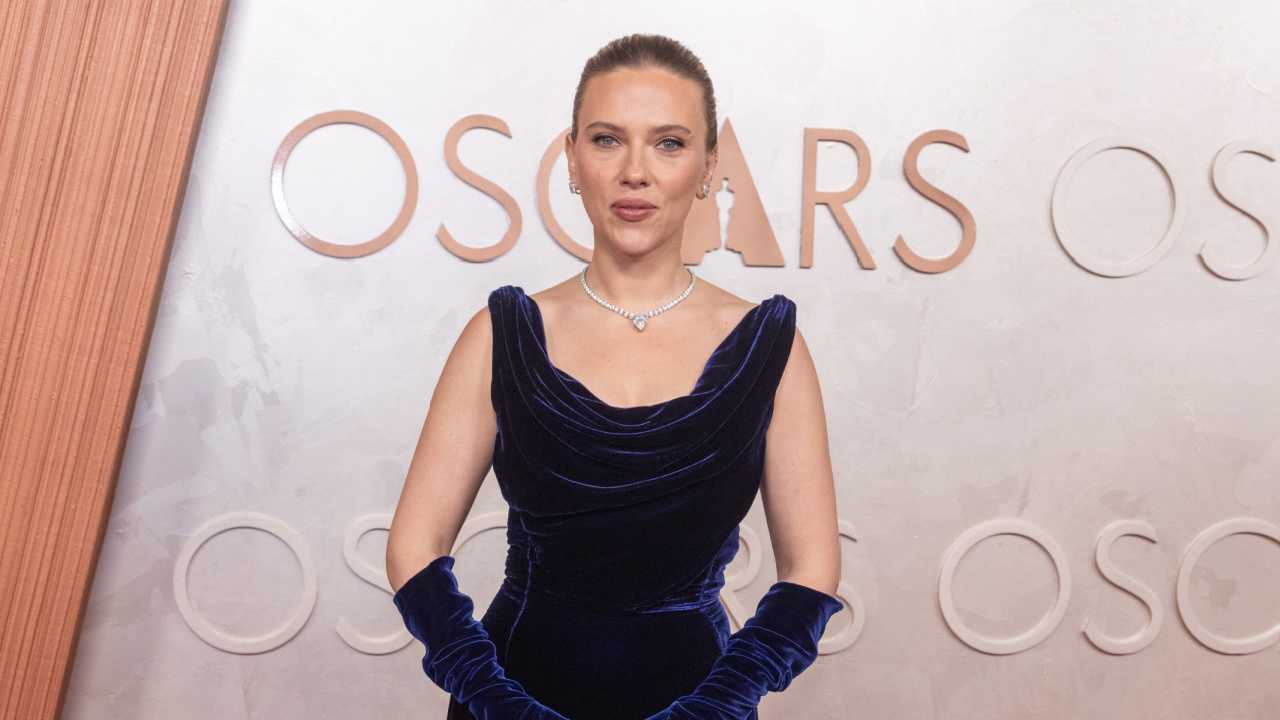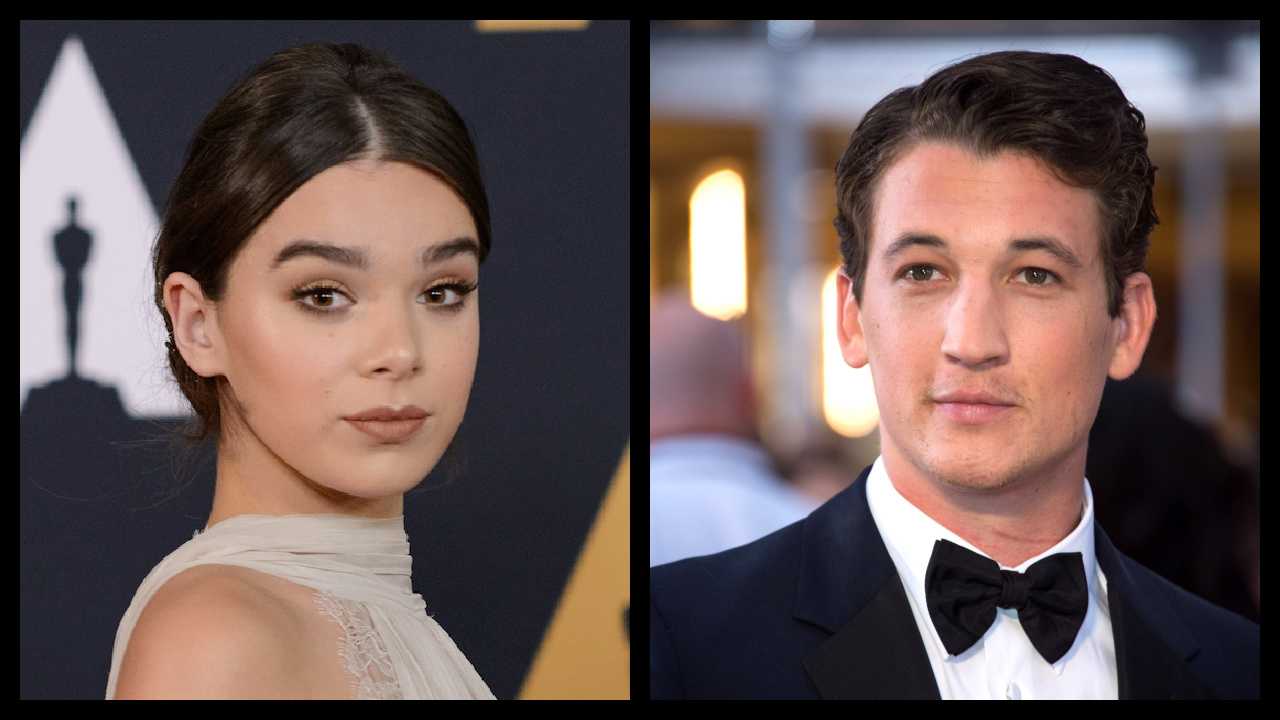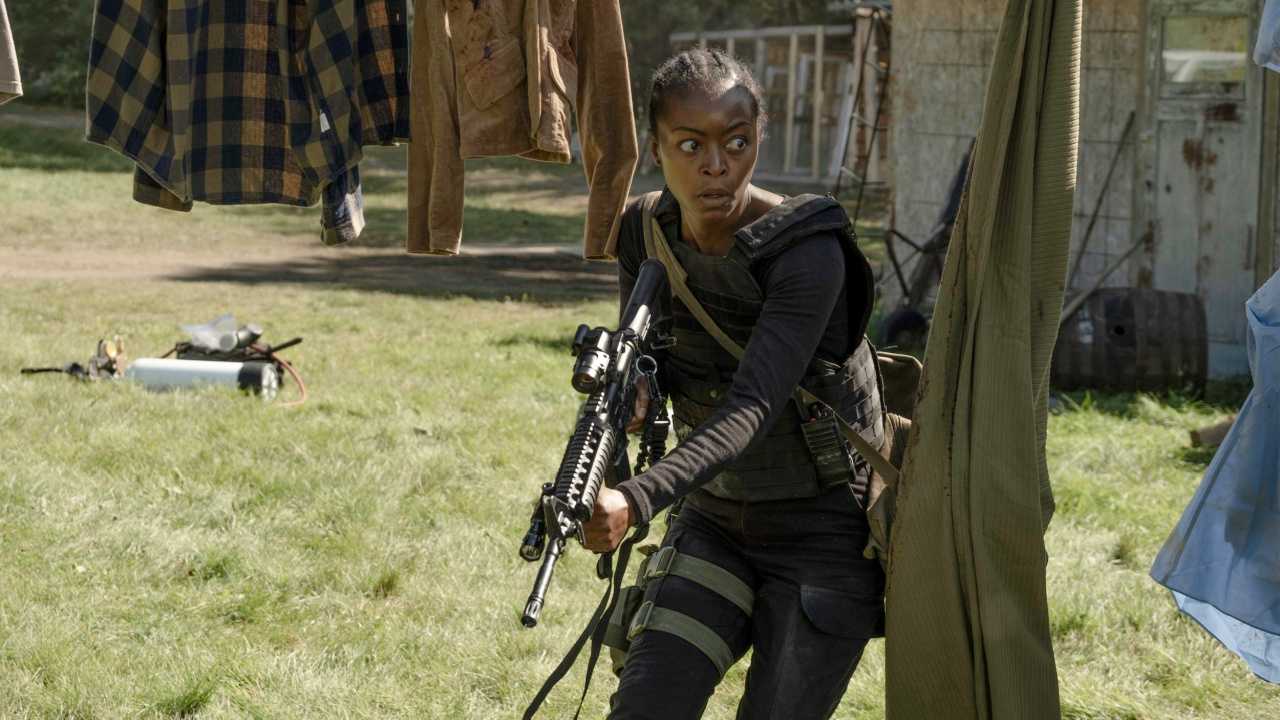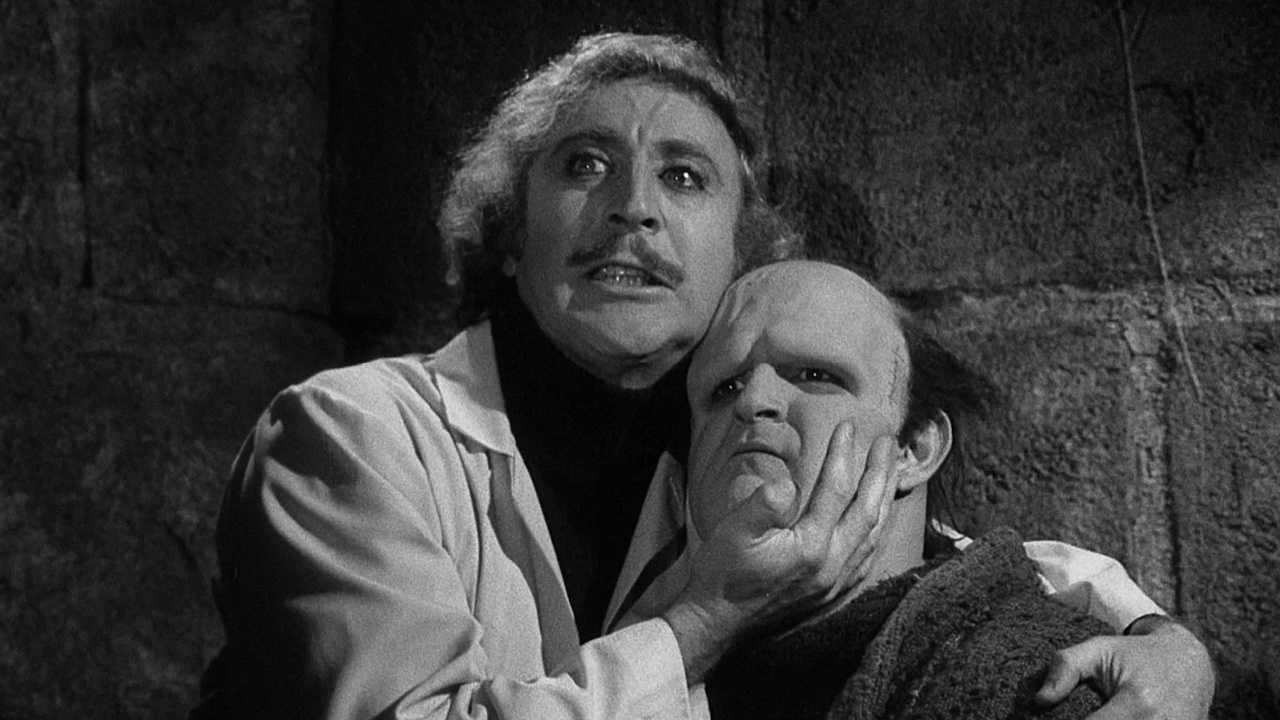14 Things You Never Knew About 'True Romance'
It's been 25 years since "True Romance" hit theaters and showed moviegoers what a winning combination director Tony Scott and then-relatively new screenwriter Quentin Tarantino could be.
To celebrate the anniversary of this underrated but seminal '90s crime movie, here are some interesting facts you might not have known about "True Romance."
1. Though neither actor was ultimately cast, Quentin Tarantino has said he envisioned Robert Carradine and Joan Cusack playing the roles of Clarence and Alabama when he wrote the screenplay.
2.Brad Pitt's stoner character, Floyd, wound up serving as a major inspiration for the two main characters in 2008's "Pineapple Express."
3. Actor Dennis Hopper voiced his concerns about being injured by Christopher Walken's prop gun at the end of the infamous "Sicilian Scene." Despite director Tony Scott's assurances, Hopper was indeed wounded when the gun went off and struck his forehead.
4. During the shooting of the "Sicilian Scene," the film's most iconic, Tony Scott and his crew had lit the set to first shoot Walken's half of the scene. Walken -- mindful of the time it would take to re-light the set -- asked the director (nay, "implored" him, in the words of his character, according to Tarantino) if he could please shoot Hopper's side first. 90 mins later, Scott re-lit the set and shot Hopper first. "That's an actor's director," Tarantino said on a 2012 podcast.
5. While Tarantino didn't direct this film, he's confirmed that it does indeed take place in the same shared universe as his other projects. Saul Rubinek's character, Lee Donowitz, is the grandson of Eli Roth's Sgt. Donny Donowitz (below, left) from 2009's "Inglourious Basterds."
6.Patricia Arquette's own son, Enzo, plays the role of Elvis in the film's final scene.
7. During a key emotional scene for her character, Arquette reportedly struggled with finding the performance necessary to nail the scene. She, according to Tarantino via the aforementioned 2012 podcast, asked Tony Scott for "The Pursuader" -- which meant asking the director to slap her until she got into the emotional headspace necessary for her performance. If true, this is -- at best -- a highly questionable and problematic practice.
8. Originally, Tarantino wrote the film to end with Clarence being killed and Alabama becoming a criminal. She would have wound up joining forces with the Mr. White character from "Reservoir Dogs," hence why White references a woman named Alabama in that film.
9. Scott reshot the ending so that Clarance lived, later telling Tarantino -- who did not originally like the choice -- that he couldn't kill "those kids" because the director (like the audience) fell in love with them.
10.Michael Rapaport had a rough time filming the roller coaster scene, as he suffers from acute motion sickness and the scene took two days to complete.
11. Clarence's ever-present sunglasses make a return appearance in 2003's "Kill Bill: Vol. 1" They're the same pair The Bride takes from Buck as she escapes the hospital.
12. Tarantino sold the screenplay for a mere $50,000, which was the minimum amount permitted by the WGA at the time. He used part of that money to purchase the Chevelle Malibu driven by John Travolta's character in 1994's "Pulp Fiction."
13. In a 2011 interview with AFI, Gary Oldman named Drexl Spivey as one of his two favorite film roles. The other was Lee Harvey Oswald from 1991's "JFK."
14. One scene in the film features the Soundgarden song "Outshined." While initially intended as a placeholder track, test audiences responded strongly to its inclusion. Unfortunately, that meant a significant amount of the film's budget had to be devoted to securing the licensing rights.
